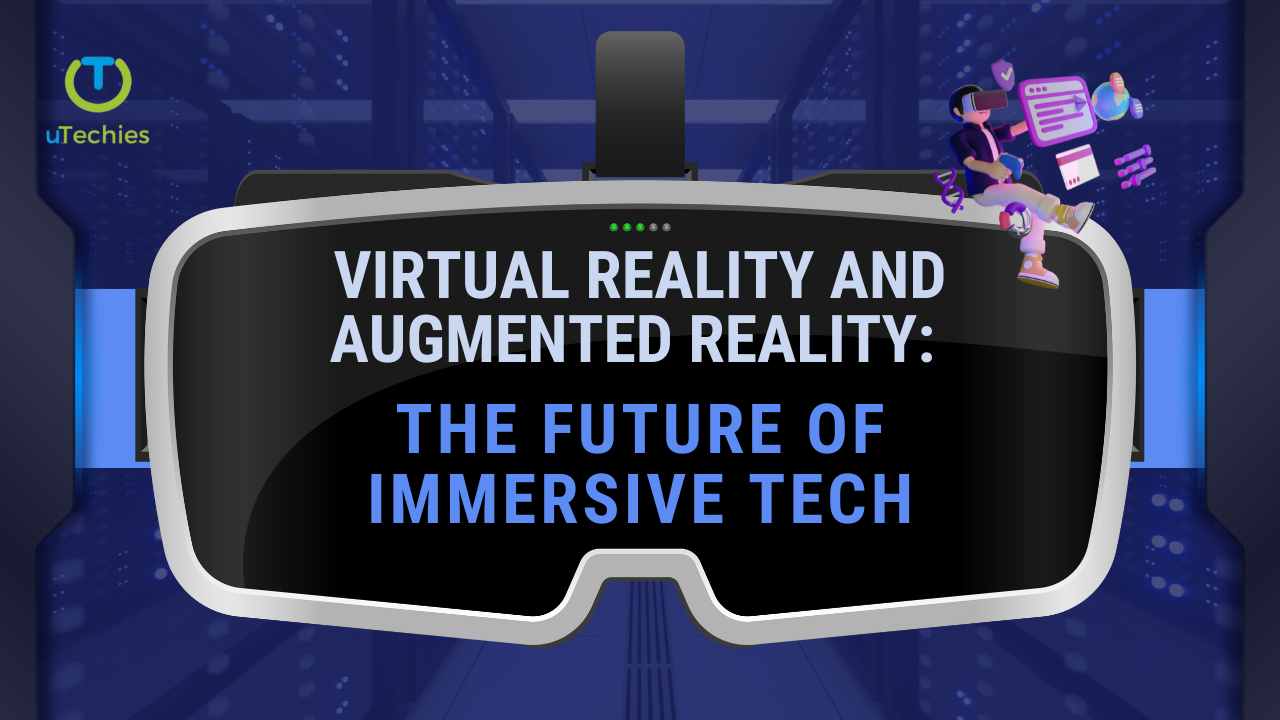The world of Virtual Reality (VR) and Augmented Reality (AR) is witnessing rapid advancements, offering groundbreaking ways to engage with the digital landscape. These innovative technologies are poised to revolutionize industries, elevate user experiences, and foster creative breakthroughs.
What Are AR and VR?
Virtual Reality transports users into entirely digital environments, creating interactive 3D spaces that feel tangible. This immersive experience finds application in areas like gaming, training modules, and virtual explorations. In contrast, Augmented Reality overlays digital elements onto the physical world, enhancing the real-world experience. Its usage spans from entertaining mobile games like Pokémon Go to practical solutions in retail and education.
Key Trends Shaping AR and VR
The evolution of AR and VR is being driven by several transformative trends:
- Mixed Reality (MR): A fusion of AR and VR, Mixed Reality blends digital and physical elements to enable deeper interactions in virtual settings.
- Haptic Innovations: Progress in haptic feedback technology allows users to physically sense and interact with digital objects, amplifying the realism of virtual experiences.
- AI Integration: By incorporating artificial intelligence, AR and VR systems can offer more personalized experiences, better object recognition, and refined user interactions.
- 5G Networks: The advent of 5G ensures faster data transmission and reduced latency, critical for seamless AR and VR experiences, especially on mobile platforms.
- Spatial Audio: This technology mimics real-world sound dynamics, creating an authentic auditory experience that complements visual immersion.
Transformative Applications Across Industries
AR and VR have far-reaching implications for various sectors:
- Education: By enabling interactive and immersive learning environments, these technologies significantly enhance student engagement and comprehension.
- Healthcare: VR and AR are instrumental in areas such as telemedicine, surgical training, and therapeutic interventions.
- Retail: AR empowers consumers to visualize products in their personal spaces before purchase, enhancing convenience and satisfaction.
- Entertainment: From virtual concerts to dynamic gaming experiences, AR and VR are redefining how audiences engage with entertainment content.
The Metaverse: A New Frontier
One of the most intriguing developments in immersive tech is the rise of the Metaverse. This interconnected virtual universe allows users to engage in diverse activities—from social interactions to virtual commerce and learning. As the Metaverse continues to evolve, it promises to reshape how people connect, work, and engage in digital environments.
Future Outlook
The AR and VR market is expected to witness substantial growth, with estimates projecting a leap from $30 billion in 2022 to over $520 billion by 2031. This surge is fueled by expanding applications and continuous advancements in technology that are making these tools more accessible and impactful.
Conclusion
Virtual Reality and Augmented Reality are at the forefront of technological innovation, offering endless possibilities across industries. With advancements in AI, connectivity, and interactive design, these technologies are set to enhance education, healthcare, retail, and entertainment, among others. For businesses and individuals alike, embracing this immersive tech will be essential to thrive in an increasingly digital world.






